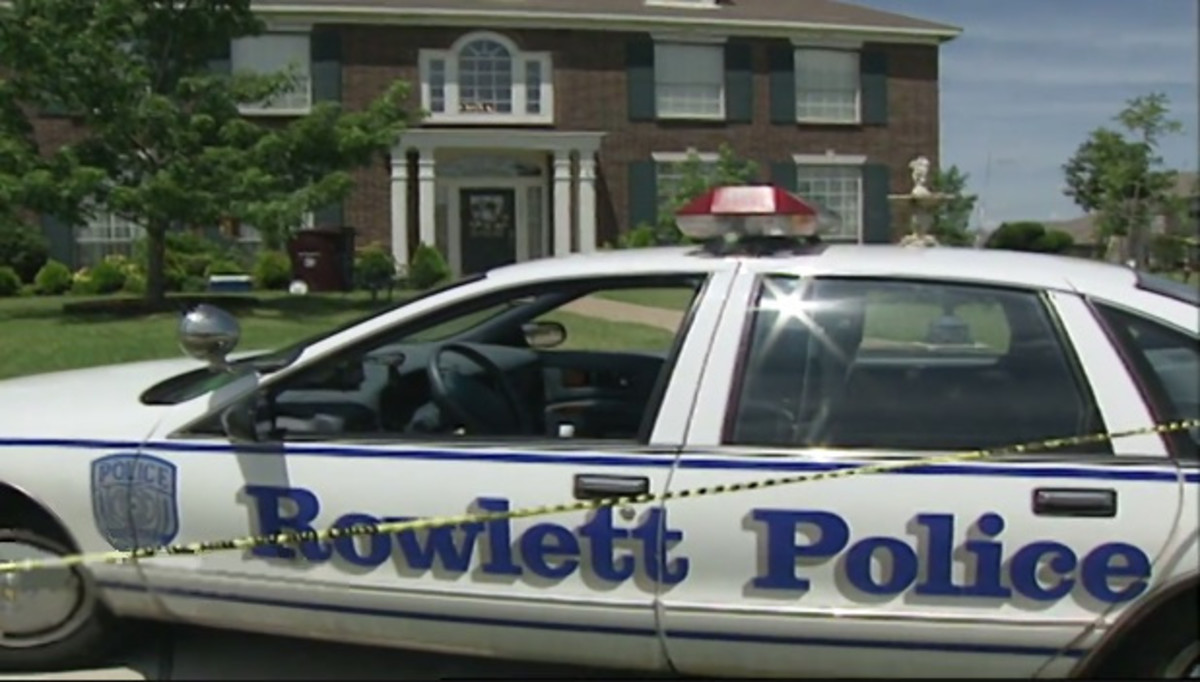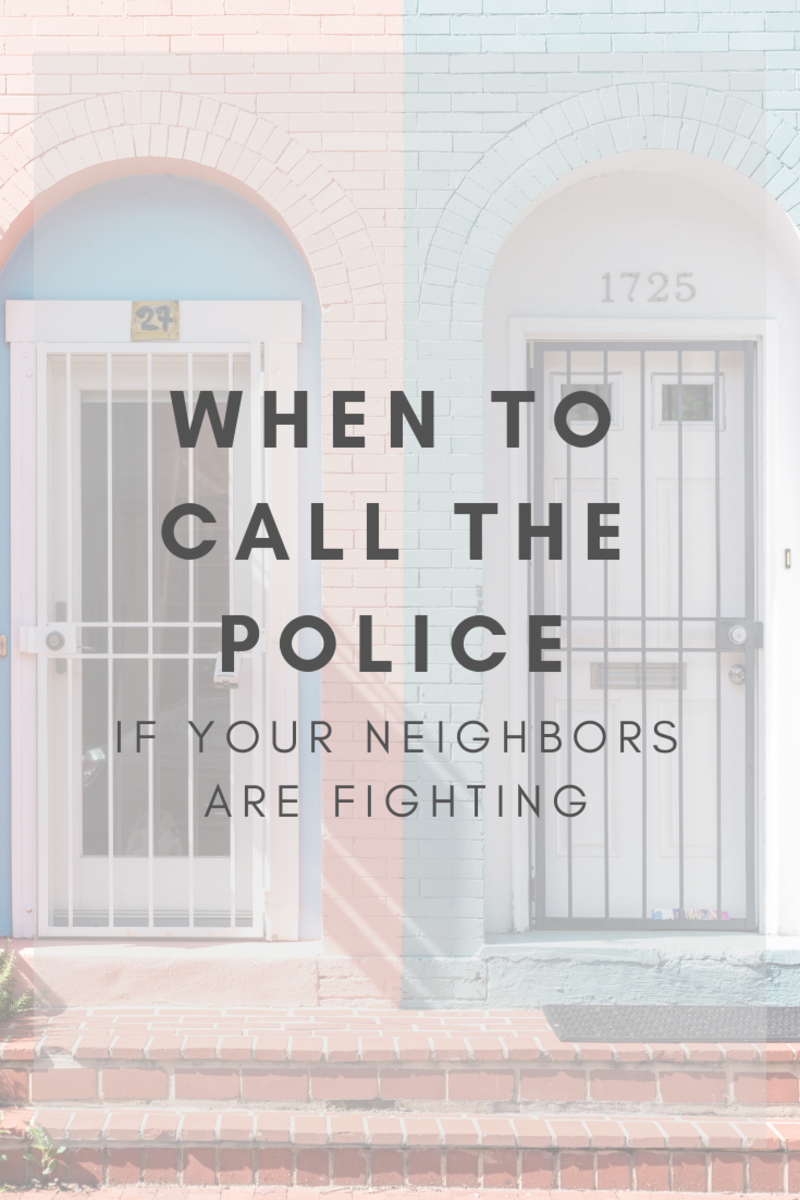What is the Criminal Justice System?
The criminal justice system is the set of laws and regulations that are established by the government to regulate the people's behavior. The criminal justice system is used by police to control crime and impose punishments and penalties for those who violate the laws.
Although there is a Federal government there is no single set criminal justice system in the United States, but rather a similar set of individualized systems based on the Constitution. Each jurisdiction has there own set of laws, and therefore their own criminal justice system.
For example each county, city, and state have their own system, as do the military and federal government. You will also find tribal systems that are solely responsible for anything that happens on tribal lands. Knowing which jurisdiction you are under is important as each separate jurisdiction will have their own set of laws, agencies, and punishments.
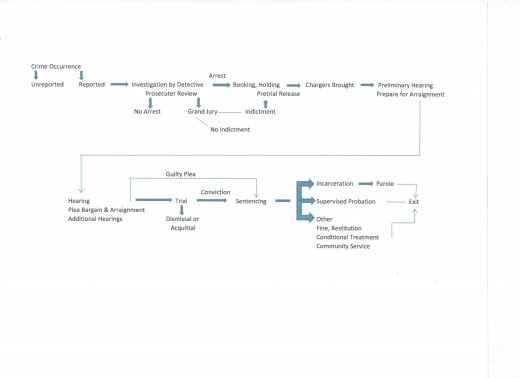
Systems Within the Criminal Justice System
Each criminal justice system includes several major subsystems composed of one or more public institutions and their staff.
There are 2 main systems within the criminal justice system; the state and federal. Within the state there is another 2 subsystems; adult and juvenile. Each state has their own beliefs about each of these subsystems as well.
For example, in the state of Wisconsin anyone 17 and older is considered an adult and will be put through the adult system. However, in Washington state, the minimum age is based on the seriousness of the crime.
The State system: The states handle only those crimes that are committed within their boundaries. Depending on age and state, the offender will either go through the adult or juvenile system.
The Federal system: Federal agents handle crimes committed on federal property, crimes committed in more than one state, or in situations where local or state police ask for their assistance, as in instances of serial killers.
Juvenile v.s. Adult system
Juvenile System
| Adult System
|
|---|---|
More informal
| Formal
|
Prosecuted for committing delinquent acts
| Prosecuted for committing crimes
|
No right to public trial by jury
| Right to a jury trial
|
Goal is to rehabilitate and serve minor's best interest
| Goal is to punish
|
Three Components of the Criminal Justice System
Most criminal justice systems have three components, which are not to be confused with the three branches of government. These systems enforce the laws they do not make them. Each component focuses on a different aspect of the criminal and their behaviors. Some component's focus on the community and outreach programs as well as dealing with individuals after their criminal behavior.
- Law Enforcement: Investigate crimes, gathers information, and protects evidence; as well as takes reports of these crimes. They arrest offenders, give testimony in court when needed, and conduct follow-up investigations if necessary. Careers available in this field include Police officers, dispatchers & duty officers, criminal profilers, and special agents.
- Courts: Are run by judges whose role it is to make sure the laws get followed and oversee what happens in court. Judges decide punishments for offenders before trial, as well as accept or reject plea agreements, and sentence convicted offenders. Careers available include prosecutors and attorneys, bailiffs, judges, and process servers.
-
Corrections: Correctional officers supervise convicted offenders when they are in jail or prison. Social workers work with offenders on community service, probation, or parole. The main job of the officers is to make sure the facilities that hold these offenders are safe and secure. They oversee day to day custody of inmates, as well as the release process and notify any victims of changes in the offender's status when necessary. Careers available include wardens, correctional officers, probation and community officers, treatment specialists, and prison psychologists.
Difference in Correctional Facilities
Jail
| Prison
|
|---|---|
Operated by the county
| Operated by state or federal gov
|
Holds offenders before pretrial
| Holds convicted offenders
|
Inmates sentenced to less than a year
| Inmates sentenced to greater than 1 year
|
Nonviolent offenders, misdemeanors
| Violent offenders, felonies, career criminals
|
Although many people believe jails and prisons are the same, there are several major differences between the two.
The criminal justice system is complex. It has been evolving over the years from it's beginnings of simple unstructured peacekeeping foot beats, to today's large complex crime-fighting systems. Many who work within the system find it challenging and those who are accused find the system confusing and intimidating.
The criminal justice system is made up of many parts, and counter parts. Each system works individually and will work together when necessary. This is a quick preview into the whole criminal justice system. The above points are provided as an outline of the very basics of what the criminal justice system entails.
References:
- https://www.correctionalofficer.org/us-criminal-justice-system
- https://www.bjs.gov/content/justsys.cfm
© 2012 Cholee Clay

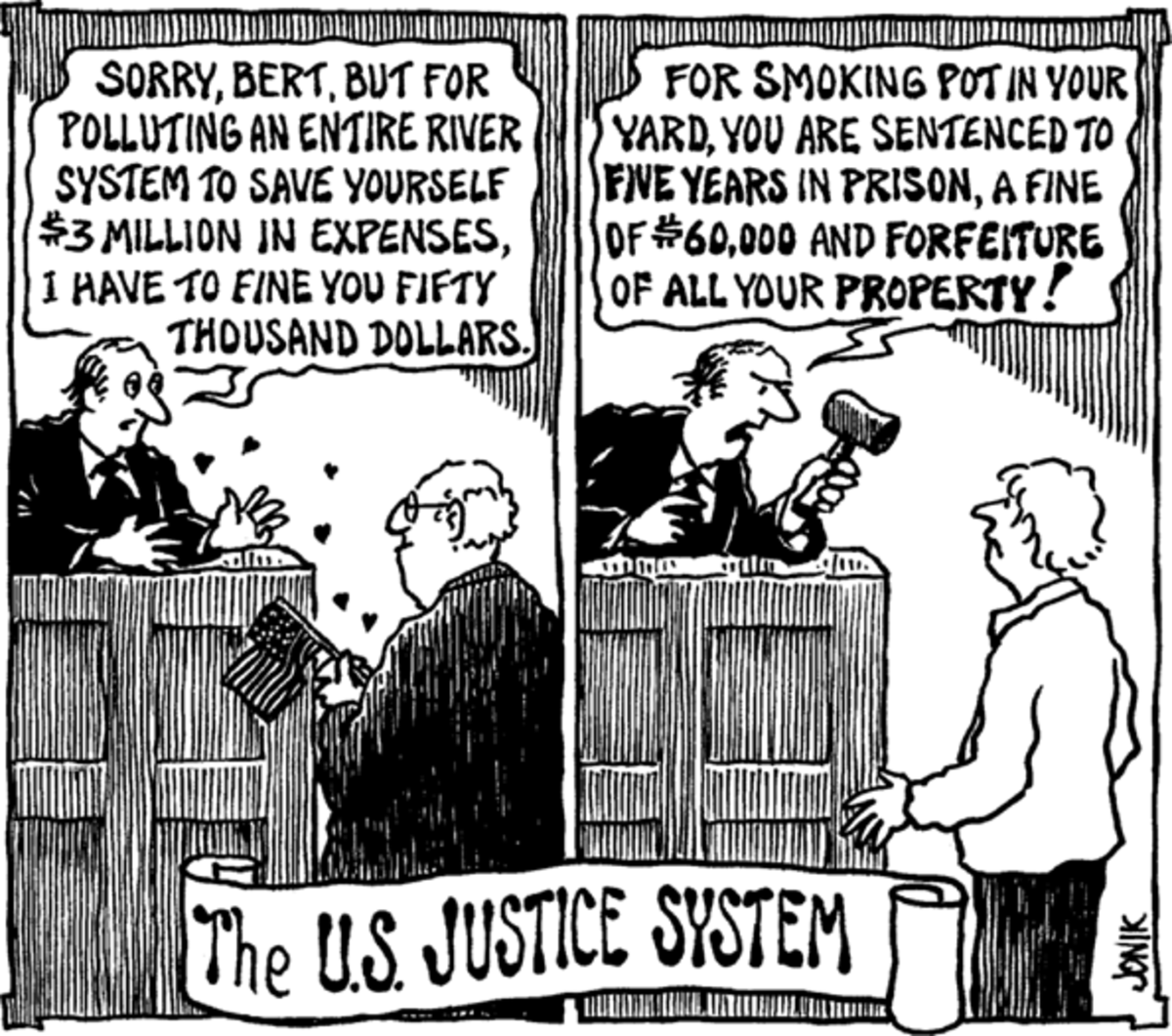

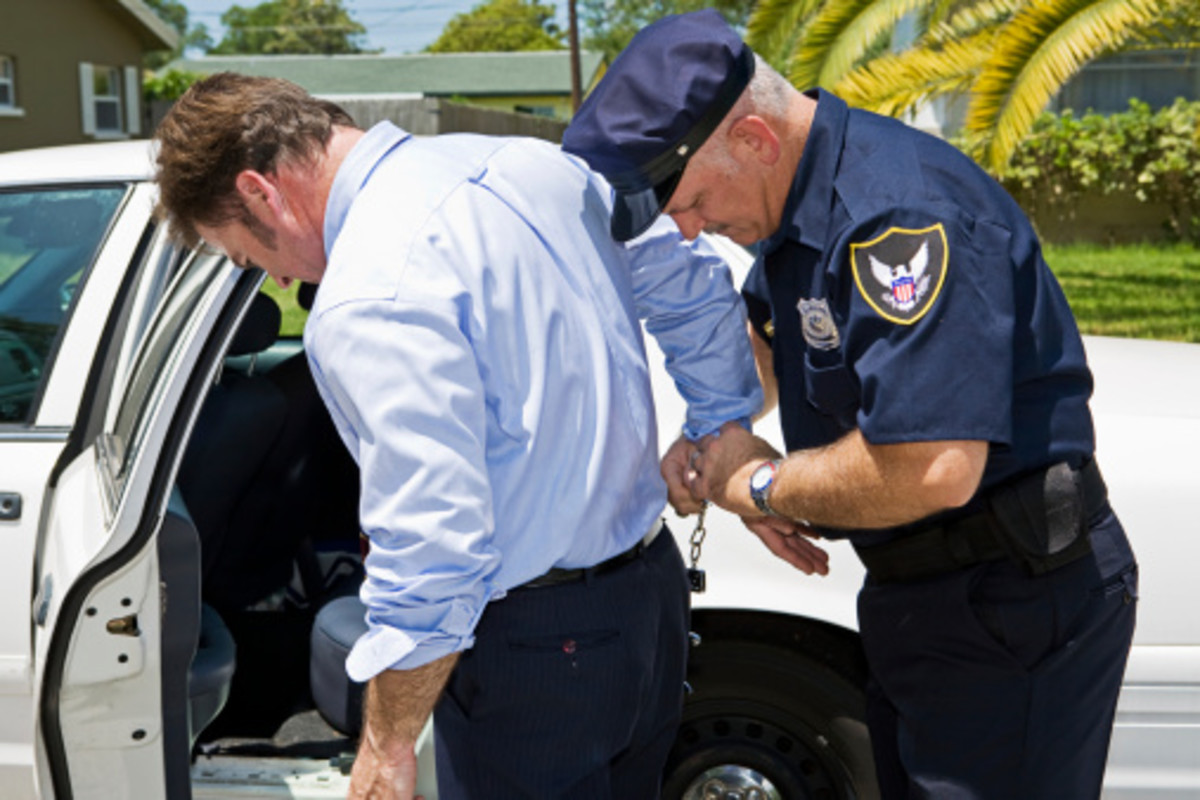

![Education - Solution 3 - Revamp How Education is Organized in America. [33]](https://usercontent2.hubstatic.com/4346237_f120.jpg)
